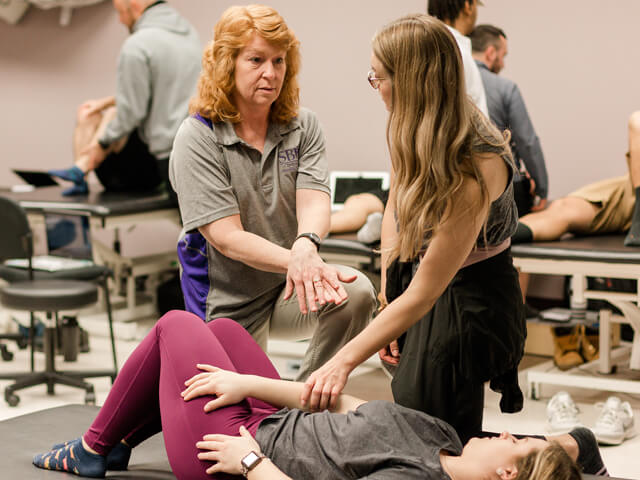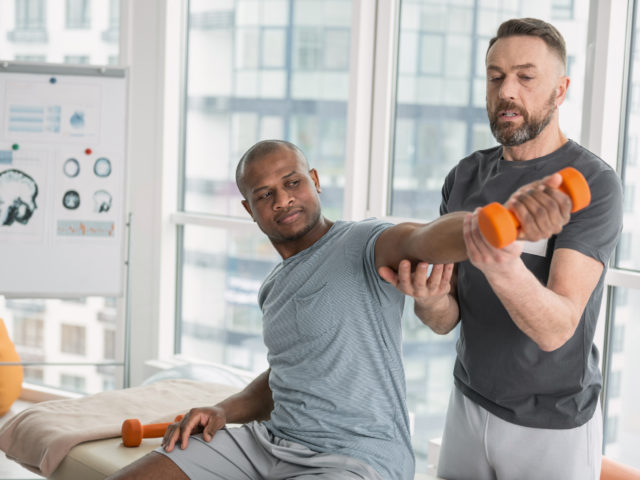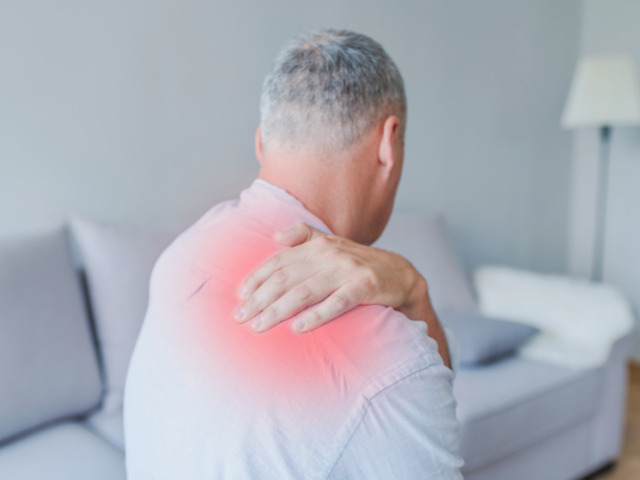Stroke, a leading cause of disability worldwide, can be a life-altering event. The physical and emotional toll it takes on individuals and their families is immeasurable. However, amidst the challenges and uncertainties, there is a beacon of hope – physical therapy. In this comprehensive article, we will delve into the pivotal role that physical therapy plays in stroke recovery, shedding light on its techniques, benefits, and the path to a renewed life.
Understanding Stroke: A Sudden Disruption
Before delving into the role of physical therapy in stroke recovery, it’s essential to comprehend what a stroke is. A stroke occurs when the blood supply to the brain is interrupted or reduced, either due to a blocked artery (ischemic stroke) or a ruptured blood vessel (hemorrhagic stroke). This sudden disruption can lead to severe brain damage, impacting various bodily functions.
The Immediate Aftermath: Post-Stroke Challenges
When a stroke survivor regains consciousness and embarks on the road to recovery, they often face a daunting array of challenges. These may include:
- Motor Impairment: Weakness or paralysis in one or more limbs.
- Speech and Language Difficulties: Difficulty in speaking or understanding language.
- Cognitive Issues: Memory problems, impaired thinking, and difficulty in decision-making.
- Emotional Distress: Depression, anxiety, and a sense of loss.
- Swallowing Problems: Difficulty in eating and drinking safely.
The Role of Physical Therapy: A Multifaceted Approach
Physical therapy, often referred to as physiotherapy, is a vital component of stroke rehabilitation. It employs a multi-pronged approach to address the diverse challenges faced by stroke survivors:
1. Restoring Mobility
One of the primary objectives of physical therapy is to help stroke survivors regain their mobility. Therapists work on strengthening muscles, improving balance, and enhancing coordination. This can significantly reduce the risk of falls and enhance overall quality of life.
2. Improving Motor Skills
Physical therapy focuses on specific exercises to improve motor skills in affected limbs. Through repetitive movements and targeted exercises, patients can regain strength and control over their bodies.
3. Speech and Language Therapy
Many stroke survivors experience aphasia, a condition that affects their ability to speak and understand language. Speech therapists, often working in conjunction with physical therapists, help individuals regain their communication skills through various exercises and techniques.

4. Cognitive Rehabilitation
Cognitive therapy is a crucial part of stroke recovery. Therapists use exercises and strategies to help patients regain their cognitive abilities, which can include memory enhancement, problem-solving skills, and attention improvement.
5. Emotional Support
Stroke recovery is not just physical; it’s emotional too. Physical therapists often serve as a source of emotional support and motivation. They help individuals cope with the emotional challenges that can accompany stroke, fostering a positive outlook on recovery.
The Benefits of Physical Therapy in Stroke Recovery
The incorporation of physical therapy into stroke rehabilitation yields numerous benefits:
- Enhanced Independence: With improved mobility and motor skills, stroke survivors can regain their independence, reducing their reliance on caregivers.
- Faster Recovery: Physical therapy accelerates the recovery process, helping individuals regain functionality and return to their daily routines more quickly.
- Improved Quality of Life: Through targeted exercises and interventions, physical therapy significantly enhances the overall quality of life for stroke survivors.
- Reduced Complications: By addressing mobility and muscle strength, physical therapy lowers the risk of secondary health issues, such as pressure ulcers and muscle contractures.
- Emotional Well-being: The emotional support provided by physical therapists plays a pivotal role in the psychological recovery of stroke survivors.
The Path to Recovery: A Collaborative Effort
Stroke recovery is not a solitary journey; it’s a collaborative effort involving healthcare professionals, stroke survivors, and their families. Physical therapists work closely with doctors, nurses, speech therapists, and occupational therapists to create a holistic rehabilitation plan tailored to the individual’s needs.
Conclusion
In the aftermath of a stroke, hope can often seem elusive. However, the best physical therapy serves as a lifeline to rehabilitation, offering stroke survivors a chance to rebuild their lives. Through its multifaceted approach, physical therapy addresses not only the physical but also the emotional and cognitive challenges that arise after a stroke.
If you or a loved one is on the path to stroke recovery, remember that you are not alone. Physical therapy, with its expertise and compassion, stands ready to guide you toward a brighter, more independent future.





